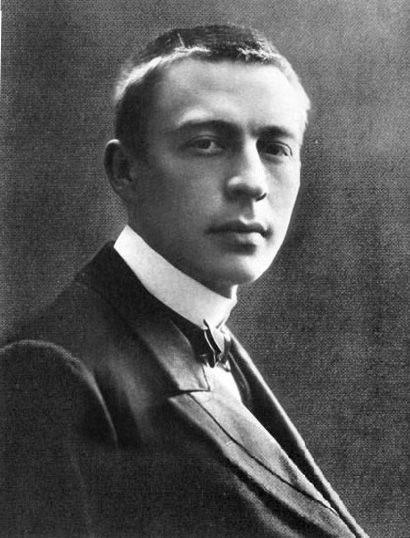Prelude Op. 3 No. 2
- classical music
- Jul 11, 2023
- 2 min read
Prelude Op. 3 No. 2 in C# Minor
Composer: Sergei Rachmaninoff
Date of publication: 1892

This prelude, written 1891 by an 18 year old Rachmaninoff, is the second of the 5 pieces in the set "Morceaux de fantaisie." Its inspiration comes from one of Rachmaninoff’s troubled childhood dealing with family deaths and a traumatic dream. In his dream, young Rachmaninoff was attending a funeral anxiously trying to recall who died during his brother’s speech. He saw his father soothing his sobbing mother and wondered whose death would make them so sad? He thought it had to be a close relative, since everyone at the funeral were family members that he knew.
Later, the family lines up to approach the coffin, and Rachmaninoff starts walking closer. As he walks closer and closer, his heart beats louder and quicker; he becomes more agitated. People were looking at him suspiciously, and sweat started dropping from Rachmaninoff's forehead. Time seemed to slow down as he was approaching the coffin, and when it was finally his turn to look inside (2:24), he saw himself in the coffin, dead, eyes closed. Rachmaninoff was horrified and wanted to run, but he couldn't, he just felt his own skin fading away, revealing his own skeleton. He screamed, "I wasn't ready to die!" before fully turning into dust.
This piece is in an ABA form, switching when Rachmaninoff starts walking to the coffin and when he looks inside. The first "A" section is a slow lento with strong chords and a motif of A, G#, C#, which gives the prelude its name. When Rachmaninoff starts walking toward the coffin, uneasiness builds through accelerating Agitato B section. The heavy chords from the A section break apart into triplets that chromatically descend and repeat (E G# C# D# G C# D F# B# C# E G#, etc.). When Rachmaninoff sees himself in the coffin, chords hammer back into the a tempo "A” section.
Fun Fact: Rachmaninoff hated this piece because he was always asked to play it. He thought it undermined his other work.


